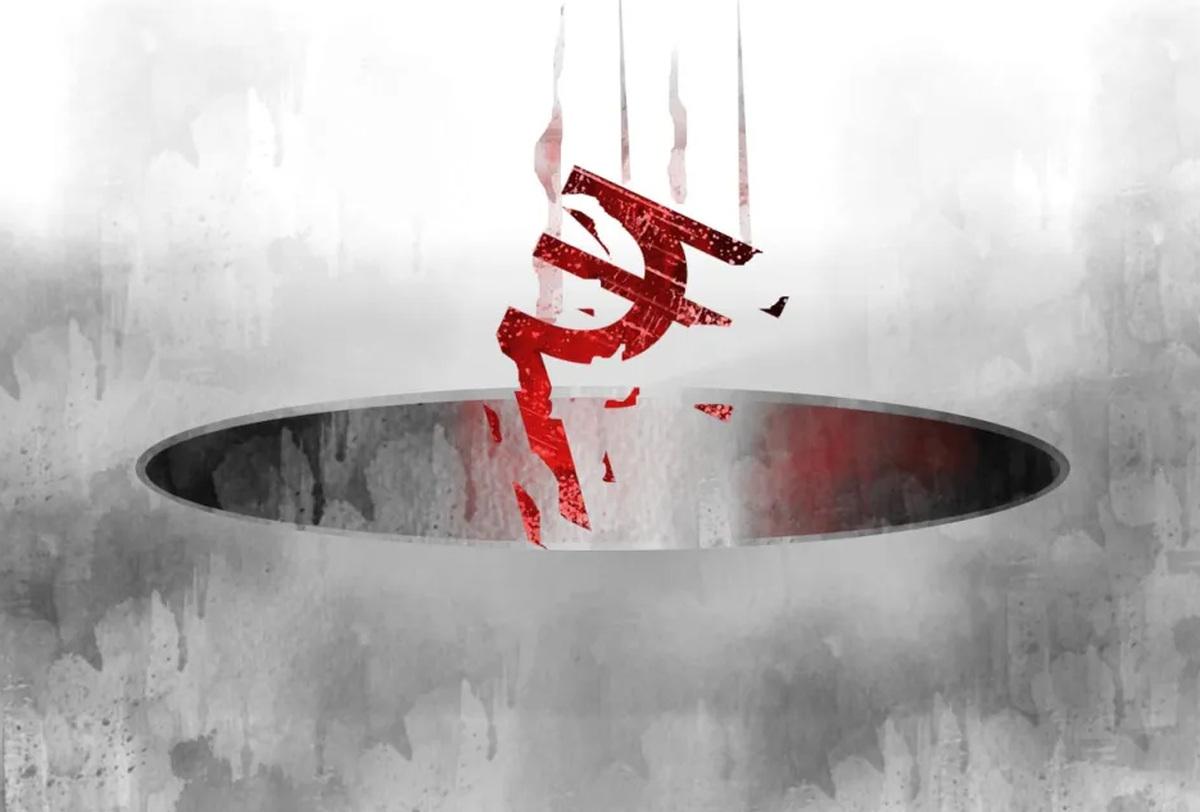The 13th-month persistency rate of life insurers — an important metric indicating the retention of new policies — declined in the first quarter of 2025-26 (Q1FY26).

Illustration: Uttam Ghosh
This fall was primarily driven by a lower share of high-value policies, following taxation changes implemented in April 2023.
The 13th-month persistency ratio in life insurance indicates the percentage of policies renewed after the first year.
In February 2023, the government decided to tax income from traditional insurance policies, other than unit-linked products (Ulips), having premiums above ₹5 lakh in a year to plug the arbitrage.
High-net-worth individuals (HNIs) were using this to get tax-free returns on their high-value insurance policies through Section 10 (10D).
Under Section 10 (10D), individuals can avail of tax exemption on the sum assured and accrued bonus (if any) received through their life insurance policy claim (maturity or death benefit).
Consequently, this has reduced the attractiveness of non-par high-value policies, which boosted the persistency ratio of life insurers.
According to industry experts, high-value non-par policies typically lead to higher persistency because they involve larger investments, more deliberate purchase decisions, and attract financially-stable customers.
All of these contribute to better retention for life insurers.
Persistency is the proportion of life insurance business renewed from the business underwritten.
The ratio is measured in terms of number of policies and premiums underwritten.
“The 13th-month persistency ratio has come down due to a drop in share of high-value policies.
“Going forward, it is likely that the ratio might come down even further as the share of these policies was much higher pre-taxation change. It is likely to reduce due to less tax attractiveness,” said an analyst tracking the insurance sector.
In Q1FY26, HDFC Life saw its 13th-month persistency ratio dip to 86 per cent against 88 per cent in Q1FY25.
Similarly, ICICI Prudential Life Insurance’s ratio dropped to 86 per cent from 89.7 per cent.
During its post earnings analyst call, the management of HDFC Life attributed the drop in share of high-value policies to the change in taxation norms.
However, it doesn’t expect a major impact of this on operating variance.
“On the persistency in the 13th-month, we have seen a drop of around 1 per cent mainly because of the proportion of large ticket sizes reducing post the changes in taxation,” said Eshwari Murugan, appointed actuary, HDFC Life Insurance.
“And, this is already accounted for in our assumptions because when we look at assumptions, we see the experience by various parameters of which premium size is one of them.
“So, we already knew that the persistency is going to be lower and that is why you see that the operating variance is still a small positive.
“It is not negative, which would have been the case, if we allowed for higher assumptions,” Murugan said.
According to insurers, the base effect in 13th-month persistency levels has normalised.
Furthermore, there is also some stress in certain product cohorts which is also weighing on the persistency ratios.
Bajaj Allianz Life Insurance also saw a dip in its 13th-month persistency ratio to 82 per cent from 85 per cent in Q1FY25.
“Persistency dips were observed in the 13th-month bucket in line with the industry because of the base effect of higher ticket size in Q1.
“It was largely because of the business return in Q4FY24 due to the income tax changes which had significantly higher persistency,” the Bajaj Finserv management said during an analysts’ call.




